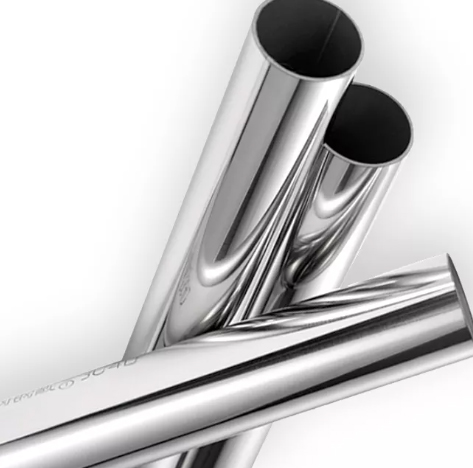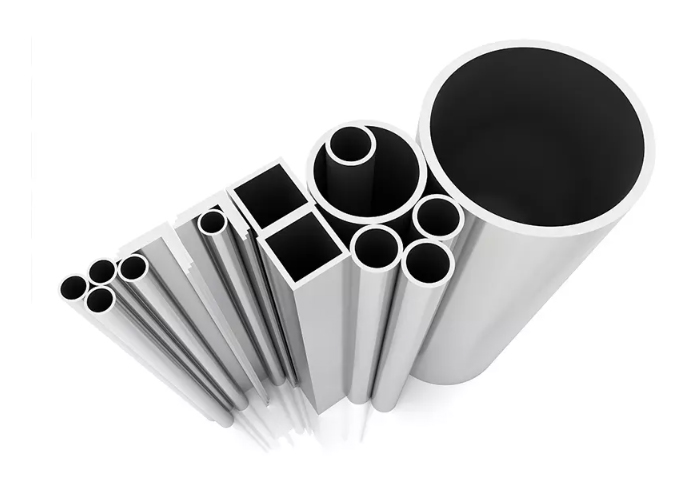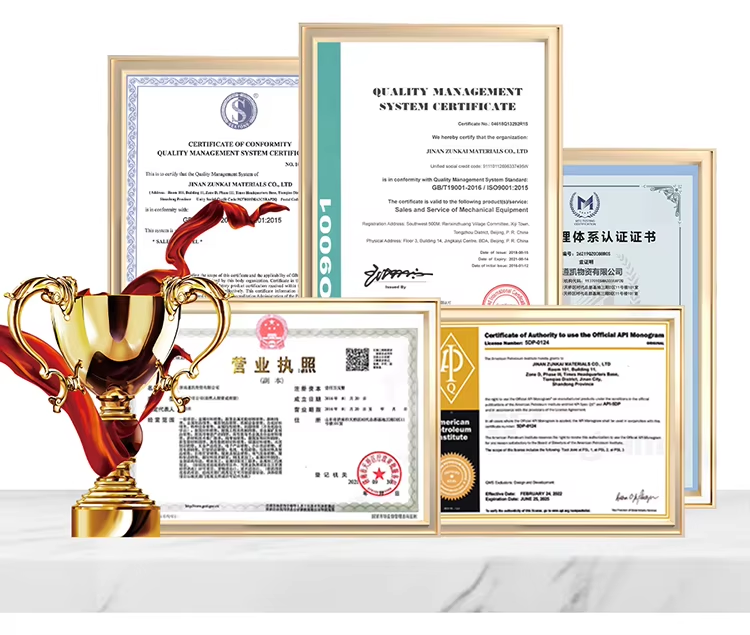
What Is Stainless Steel Pipe?
A stainless steel pipe is a hollow, cylindrical structure engineered from an iron-based alloy that contains at least 10.5% chromium by mass. This chromium content plays a crucial role—it reacts with oxygen in the environment to form a thin, stable, and self-healing oxide layer on the surface of the pipe. This layer acts as a barrier that protects the underlying metal from corrosion, oxidation, and chemical damage, even in harsh or high-moisture conditions.
Unlike traditional carbon steel pipes, stainless steel pipes are highly resistant to rust, staining, and corrosion, which makes them ideal for applications that involve exposure to water, chemicals, saline solutions, and extreme temperatures. Their strength and durability allow them to withstand high internal pressures and mechanical stress, making them suitable for use in demanding sectors like oil and gas, petrochemicals, marine environments, food and beverage processing, pharmaceuticals, construction, and water treatment systems.

Types Of Stainless Steel Pipe
Seamless Stainless Steel Pipes
Manufactured without any welded seams, seamless pipes are produced through extrusion or rotary piercing processes. They offer superior strength and corrosion resistance, making them suitable for high-pressure applications in the oil and gas industry.

Welded Stainless Steel Pipes
These pipes are made by rolling stainless steel sheets into a tube shape and welding the seams. They are generally more cost-effective than seamless pipes and are used in applications where high pressure is not a critical factor.
ERW (Electric Resistance Welded) Pipes
ERW pipes are created by welding longitudinal seams using electric resistance. They are commonly used in low to medium-pressure applications, such as in the transportation of water and oil.
EFW (Electric Fusion Welded) Pipes
Similar to ERW, EFW pipes use electric fusion for welding and are typically employed in high-pressure environments, including nuclear power plants and thermal power stations.
LSAW (Longitudinal Submerged Arc Welding) Pipes
LSAW pipes are produced by bending and welding steel plates longitudinally. They are used in oil and gas transportation, especially for long-distance pipelines requiring large diameters.
Stainless Steel Pipe Pressure Rating Tables
Understanding pressure ratings is essential when selecting the right stainless steel pipe for your application. These ratings define the maximum internal pressure a pipe can withstand under safe operating conditions. Here are the key factors involved:
●Pipe Schedule and Wall Thickness: Pipes are classified by schedules (e.g., Schedule 10, 40, 80), which indicate wall thickness. Thicker walls can handle higher pressures.
●Pipe Diameter: Larger diameter pipes generally have lower pressure ratings, while smaller diameters can withstand higher pressure due to their compact structure.
●Material Grade: Different grades of stainless steel (such as 304, 316, or 321) have varying strength and temperature resistance, affecting the overall pressure tolerance.
●Temperature Considerations: As operating temperature increases, the pipe’s ability to withstand pressure decreases. Rating tables often include temperature correction factors.
●Seamless vs. Welded: Seamless pipes usually offer higher pressure ratings because they lack weld seams that could be potential failure points.
| Feature | Package Sizes | Power Rating | Resistance Range | TCR | Tolerance | Operating Temperature | Certifications |
| Specification | 0402, 0603, 0805, 1206, 2512 | 0.125W ~ 5W | 1mΩ – 10MΩ | ±15ppm/°C ~ ±100ppm/°C | ±0.1% ~ ±5% | -55°C ~ +175°C | RoHS, REACH, AEC-Q200 |
Why Choose
Our Stainless Steel Pipe?
●Corrosion Resistance: Their inherent resistance to rust and corrosion ensures longevity, even in harsh environments.
●Strength and Durability: Capable of withstanding high pressures and temperatures without deformation.
●Hygiene: Easy to clean, making them suitable for food processing and pharmaceutical industries.
●Aesthetic Appeal: Their sleek appearance is favored in architectural applications.
●Recyclability: Environmentally friendly due to their 100% recyclability.


Product Applications
●Oil & Gas Industry: Used in pipelines for transporting oil, gas, and other fluids due to their strength and corrosion resistance.
●Construction & Architecture: Employed in structural applications, handrails, and decorative elements for their aesthetic appeal and durability.
●Chemical & Petrochemical Plants: Ideal for handling corrosive substances and high-temperature processes.
●Food Processing & Pharmaceuticals: Ensure hygiene and prevent contamination during the transport of consumables and medicines.
●Marine & Aerospace: Resist corrosion in saltwater environments and withstand extreme conditions.
●Plumbing and HVAC Systems: Provide reliable performance in water distribution and heating/cooling systems.
Product quality control


Frequently Asked Questions (FAQs)
Related Blog
-
 Steel structures are widely used in industrial and civil buildings due to their strength, durability, and versatility. Within these structures, beam and column members play a crucial role in providing support and stability. In this article, we will delve into the importance of beam and column structural members in steel structures and explore the various aspects related to their design and implementation.Industry News
Steel structures are widely used in industrial and civil buildings due to their strength, durability, and versatility. Within these structures, beam and column members play a crucial role in providing support and stability. In this article, we will delve into the importance of beam and column structural members in steel structures and explore the various aspects related to their design and implementation.Industry News








